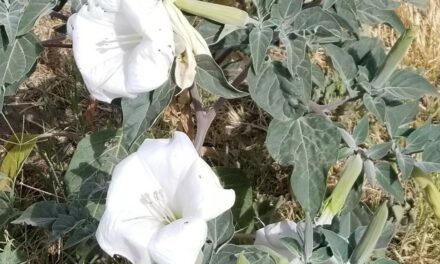It’s a long journey for Swainson’s hawks (Buteo swainsoni) from South America to the San Joaquin Valley. The semiannual trek to their summer breeding grounds has ended for most of them and now they are being seen in large numbers at the wildlife refuges of the San Luis NWR Complex, and other places locally.
The birds congregate in foraging and roosting areas after their trans-continental flight to refuel and pair up, and maybe to commiserate about migration woes, as well.
“How was your flight?” whistles one to another.
“Hit a little rough air west of the Yucatan, but good overall. You?” it replies.
“Caught a thermal above Tehachapi and it was a smooth glide from there.”
Or maybe not.
Anthropomorphic dalliances aside, the birds do seem to communicate as the new arrivals establish territories and begin the breeding season cycle. Non-breeding individuals may continue to forage and roost communally during the season, particularly in areas with suitable food resources like fields, pastures, and grasslands.
The San Joaquin Valley’s agricultural landscape provides abundant foraging opportunities for Swainson’s hawks, especially with the bountiful supply of insects, rodents, and other prey exposed by agricultural practices such as irrigation and disking. Hawks can often be seen circling above as a tractor pulls a disc through a farm field hoping to spot an exposed field mouse or vole. The birds will also perch within view of a field being irrigated to catch rodents as they flee rising water.
Once they establish breeding territories, Swainson’s hawks may form smaller family units, but the large group dynamics are more prominent during the early part of the breeding season, like right now.
The birds build nests of loose bundles of sticks and twigs, with an occasional bit of rope or wire thrown in. The male bird collects most of the nesting material, but both contribute to building the nest which can take two weeks to complete.
In the nest the female lays between one and five eggs which are incubated for 34 to 35 days before hatching. The young hawks, which come out of the shell featherless, helpless and unable to even raise their heads remain in the nest for 17-22 days before fledging.
Swainson’s hawk chicks are fed a high-protein diet of rodents, rabbits and reptiles. When grown they and other adults of their kind eat insects such as grasshoppers and dragonflies almost exclusively.
The hawk’s migration from wintering grounds in Argentina to western North America is one of the longer routes of any American raptor. While travelling the birds may form flocks of hundreds or even thousands. They’re here now. Come take a look.
The San Luis National Wildlife Refuge, Merced National Wildlife Refuge and the San Joaquin River National Wildlife Refuge comprise the San Luis National Wildlife Refuge Complex. Its headquarters and visitor center are located just north of Los Banos off Highway 165 at 7376 South Wolfsen Road.
The refuges are open to visitors daily from one half-hour before sunrise to one half-hour after sunset. The visitor center is open Monday through Friday except federal holidays from 8 a.m. to 4:30 p.m. For more information, call the refuge visitor center at 209-826-3508, ext. 127 or check out the upcoming events on the website at fws.gov/refuge/san-luis.

